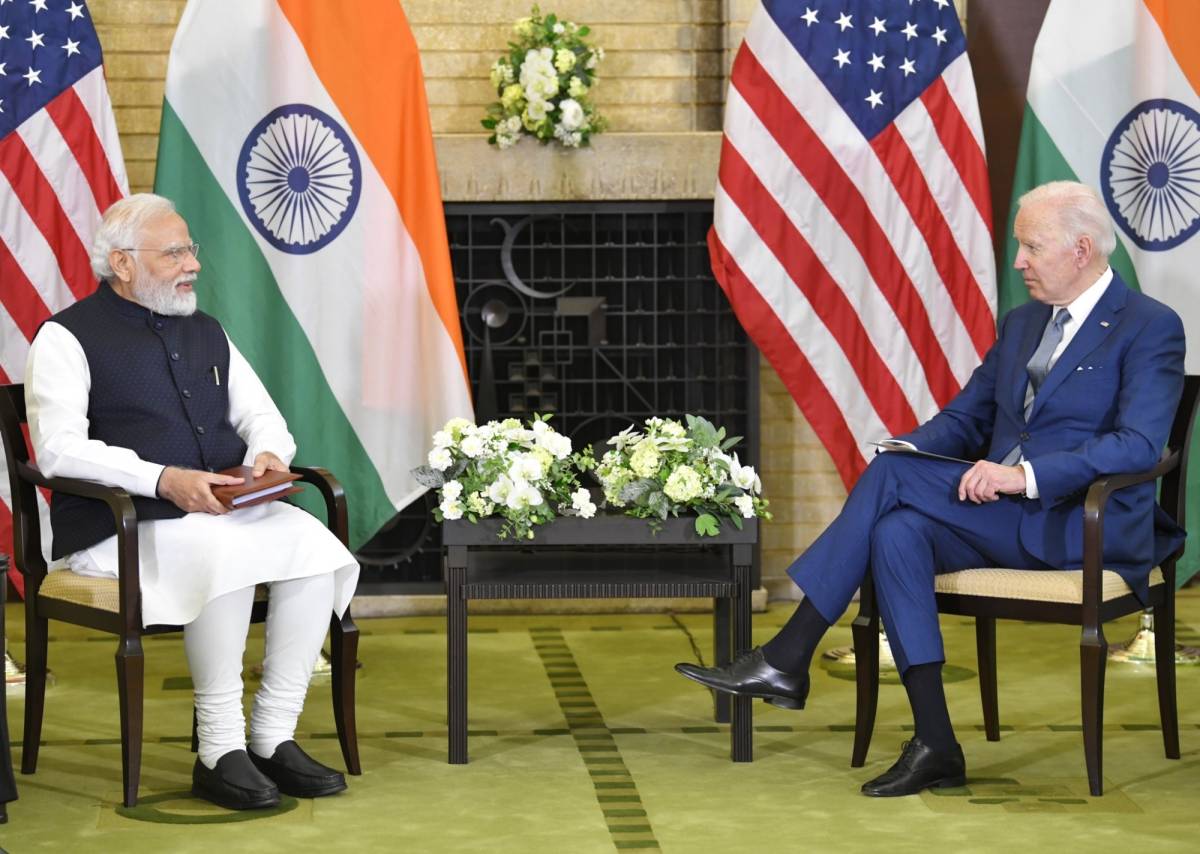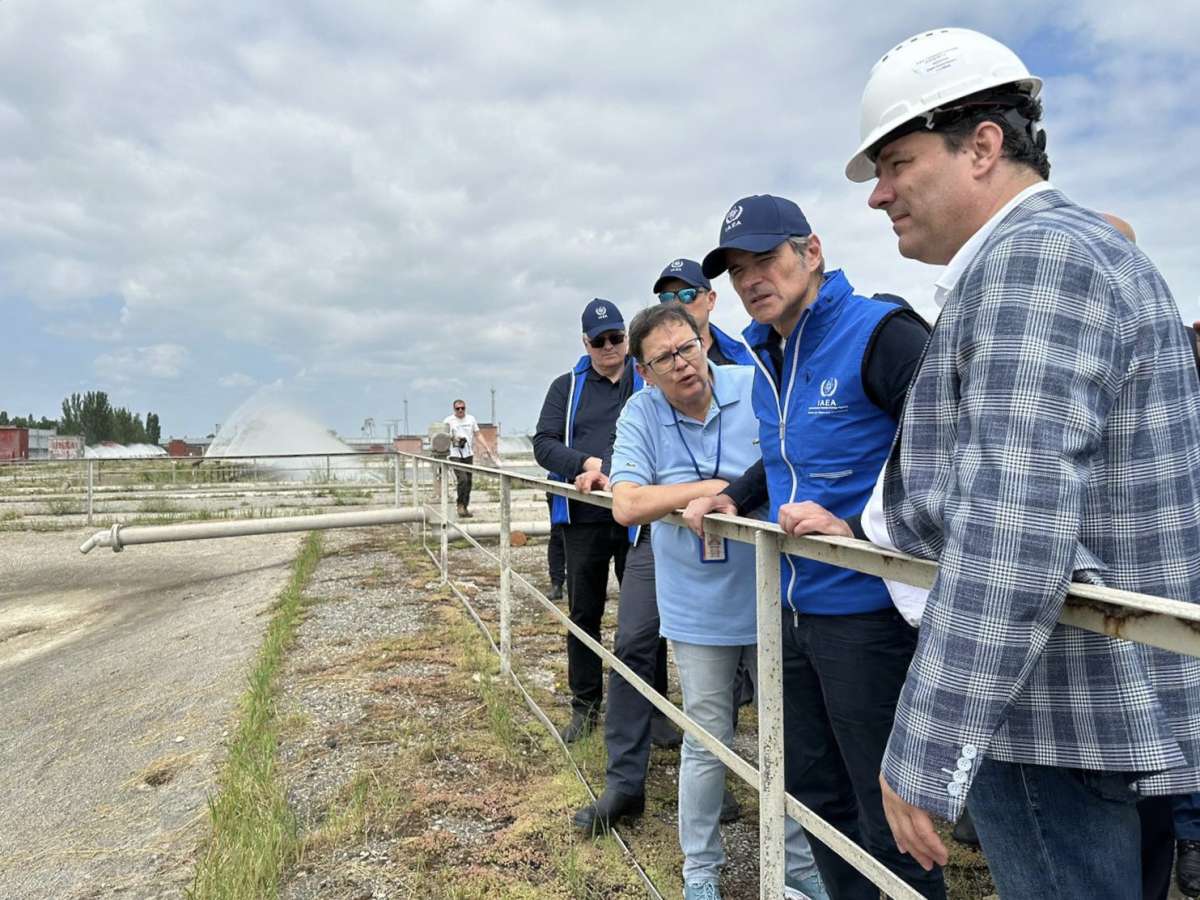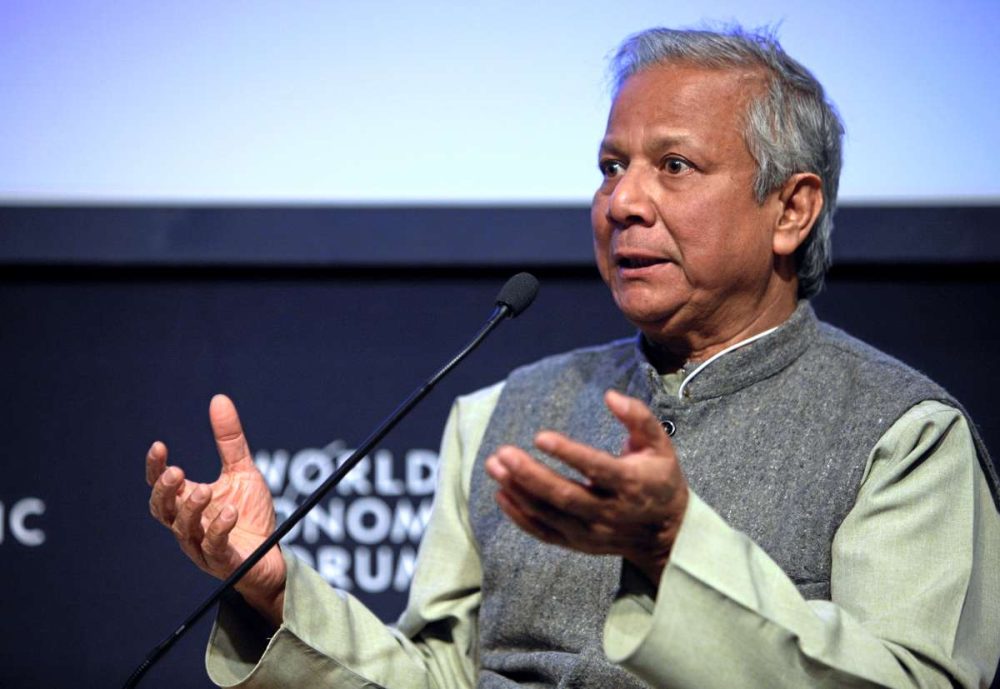Prime Minister Modi has earned international respect and capital as a change leader and supporter of market economy and private sector. He has ardent belief in economic reforms to enhance ease of doing business and create a level playing field for the companies that invest in India … writes Rajeev Menon
The collaboration between the US and India in emerging technologies in areas like AI, telecom, semiconductors, defence and biotechnology has the potential to alter the matrix of international trade in high-tech industrial products. The recent statement of US Secretary of State Antony Blinken, while he was addressing the annual India Ideas Summit of the US-India Business Council on June 12 ahead of Indian Prime Minister Narendra Modi’s US visit from June 21 to 24, is important to understand the future strategic ties between the two countries. He reiterated that economic ties are at the heart of the Indo-US strategic partnership.
The more futuristic and important component of this strategic partnership between the two countries is that the two countries are helping shape innovations of the future and the norms governing them.

The transformative economic ties between the two countries are in the upswing. The US Secretary of State said in USIBC that the US and India are making transformative investments in their own countries through Biden’s USD 1.2 trillion Bipartisan Infrastructure law and Modi’s Rs. 100 trillion infrastructure plan. Blinken said in USIBC, “we are elevating and expanding the strategic technology partnership between governments, businesses and academic institutions in the US and India because we believe how technology is designed and used should be informed by democratic values and respect for human rights.”
This statement’s underlying thrust of technological development “informed by democratic values” is an appreciation of India’s democratic credentials and responsible approach towards use of emerging technologies and the US’ willingness to cooperate with India in future technological innovations and their governance.
The economic relationship between the US and India is multi-sectoral mutually beneficial and reinforcing. The USA is the largest trading partner of India. The bilateral trade between India and the US stood at USD 120 billion in FY 2021-22, as compared to USD 80.51 billion in 2020-21. The US is one of the few big trading partners of India with which it enjoys a trade surplus.
In FY 2020-21, India had a trade surplus of USD 35 billion with the US. The trend is likely to continue even in FY 2022-23. Blinken appreciated this by referring to February 2023 deal under which India announced the purchase of 200 Boeing aircraft saying that it will support an estimated one-million-plus jobs across 44 states. He also mentioned that Indian companies have invested over USD 40 billion in IT, pharmaceuticals and more, supporting 4,25,000 jobs from California to Georgia. He also cited collaboration in solar manufacturing between India and US. The US International Development Finance Corporation funded (USD 500 million) a leading US company to build a solar manufacturing facility in Tamil Nadu.
He also mentioned other US firms operating in India and generating employment including Honeywell (safer airplanes and energy-efficient buildings). The US visit of Narendra Modi is expected to be a great confidence builder in strategic economic cooperation between the two countries. There had been some situation-driven irritants in the past such as US tariffs on Indian products, visa-related issues, technology transfer, market access, patent security, and so on and so forth. But the two countries have a great track record of resolving issues through constructive dialogue and now the time has come when the two countries are willing to take strategic partnership to a new height in a changed geo-political environment.
Narendra Modi has earned international respect and capital as a change leader and supporter of the market economy and private sector. He has an ardent belief in economic reforms to enhance the ease of doing business and create a level playing field for the companies that invest in India. US cumulative investment in India in 2021 was USD 46 billion, a major and fair share of USD 6 trillion of the total direct position of the US abroad. The US remained the third largest investor in India with USD 6.04 billion. PM Modi’s visit is likely to win the trust of US investors for more and more investment in India due to a plethora of incentives and business-friendly tax regimes offered by the Modi government. India has become a great platform for start-ups, especially tech start-ups due to ease of doing business as well as special treatment.
The most remarkable transformation during Narendra Modi’s reign in Indo[1]US relations is not about remaining just steady partners in trade and investment, but also becoming strategic partners in promoting technology and innovation as a public good which would be guided by democratic principles. It is likely that this visit adds new dimensions to this ongoing transformation in Indo-US relations.









